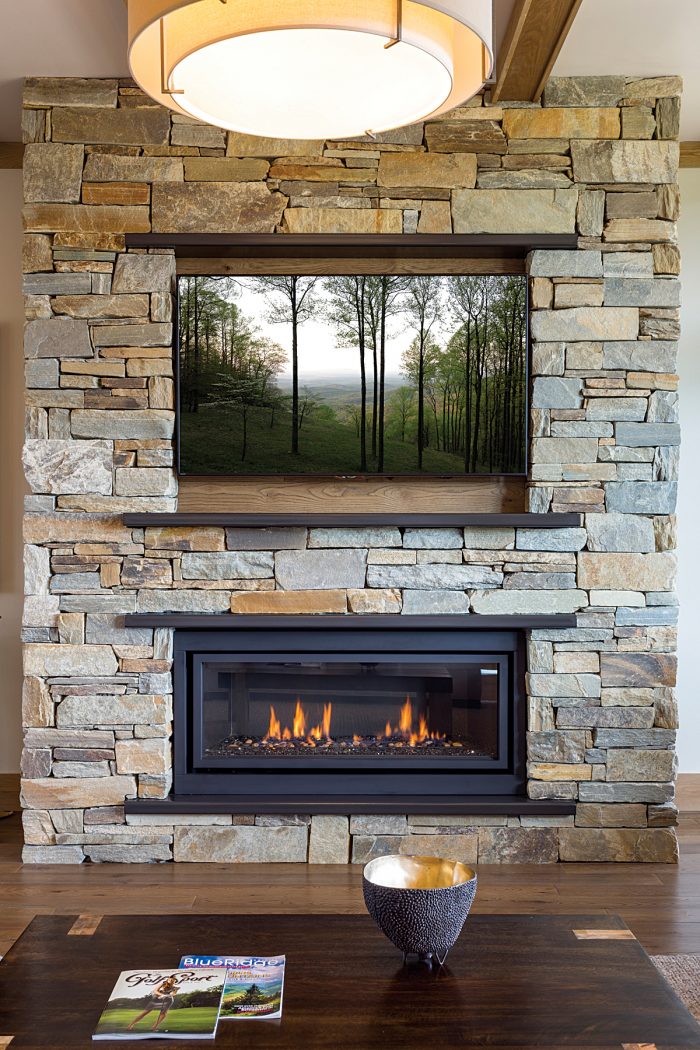
Fireplaces and televisions have long had a place in our homes. One provides warmth and comfort, and the other provides entertainment; both of them bring families together. In recent years, both have evolved such that they now can share a wall. Yet arranging a fireplace and a TV on the same wall presents a design challenge. TVs can be eyesores, and a room with a fireplace and a TV can create competing foci. It is important to find a pleasing arrangement that gracefully accommodates both.
The two most common ways to pair a fireplace and a TV are side-by-side or stacked. If space allows, the side-by-side method is ideal because it puts the TV at a preferred viewing height. The TV is also less likely to be overbearing. In smaller spaces, however, the stacked approach might be the only option. And there are ways to stack a TV over a fireplace and still maintain an elegant design.
Stacked Arrangement in a Multifunction Room
Like many living spaces, this room was designed to serve multiple functions. The first is to provide a visual bridge to the outdoors via the large window wall. The second is to present a cozy area for conversation by the fire. The final purpose of this room is to create a space for relaxing and watching television. The furniture is arranged to satisfy all three of these functions. The couch and chairs at the window wall are oriented to give a clear view to the TV and fireplace as well as to encourage conversation. The chairs placed opposite the fireplace wall create the perfect perch for watching the TV or the fire.
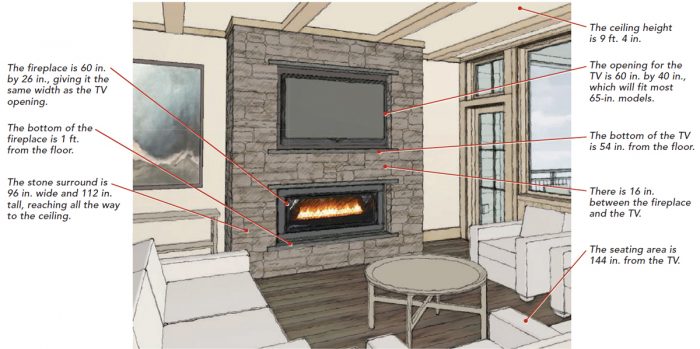
Den with a Television and Fireplace Side-by-Side
This den is focused on the views and the TV, as the home has other rooms that are focused on conversation. The horizontal wood paneling on the TV wall repeats the look of the home’s exterior siding while also bringing warmth to a room with a lot of glass and hard surfaces. Beams break up a high and sterile ceiling to make the room feel more intimate. Code requires a noncombustible material around the fireplace, so the wall has a metal surround. The TV and fireplace are mounted within a steel frame. One clever feature of this design is that the TV can be concealed by a steel panel door that slides over the screen. With the TV tucked away, the fireplace becomes the focus of the room and creates a cozy conversation area.
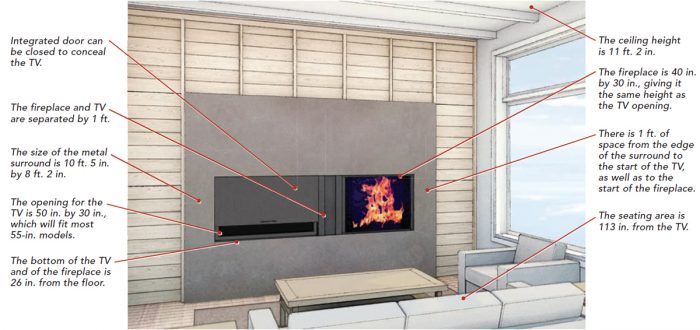
If you are adding a TV to an existing family room that has a fireplace, then you have no choice but to work with the given fireplace dimensions. If you’re designing a new house or remodeling a room to add a fireplace, you have more flexibility. Today, there are many choices for fireplaces, including traditional wood-burning, gas, and even electric units. Start by choosing a fireplace. Then when choosing the TV, match the size of the fireplace as closely as possible to create a balance between the two.
Also, consider the optimal viewing distance and height of the TV. As a rule of thumb, the optimal viewing distance should be no more than twice the screen diagonal. For example, if you have a 42-in. TV, then the viewer should be seated no more than 84 in. away from it.
The center of your TV should be mounted at eye level for optimum comfort. This works out to about 42 in. from the floor for couch seating. The height of the TV can vary depending on screen size and viewing distance. For example, a large TV in a room with a long viewing distance could be hung a little higher on the wall. But mounting the TV as close to eye level as possible will prevent neck strain. Viewers should not have to look up at more than a 15° angle. If the TV has to be mounted higher on the wall than the ideal, use a bracket that can be tilted downward.
If you are simply adding a TV to an existing room, viewing distance may be predetermined, and viewing height may have limitations. But in a major remodel or a new house, the TV-and-fireplace arrangement may require that you consider the size of the room and the plan for furniture.
Finally, don’t put the TV too close to the fireplace. Heat can damage the electronics. Choosing the actual products early in the design process allows you to review the TV’s wiring specifications and the chimney venting system before final placement is determined. In a retrofit situation, you can even check the surface temperature of the wall near the fireplace by taping a thermometer to the wall in a few locations while a fire is burning.
Hanging a TV over the fireplace comes with two concerns. First, with this placement, the TV can dominate the wall visually. To avoid that, integrate the TV and fireplace by using matching details and mate rials. This prevents either element from competing visually with the other. Second, with the TV above the fireplace, it’s easy to get the viewing angle wrong. To avoid this, install the fireplace closer to the floor.
Placing the fireplace and the TV side by side on a feature wall means that both can be at eye level. Keeping them at the same level and scale also creates continuity and unifies the overall composition.
Photos and illustrations courtesy of the authors












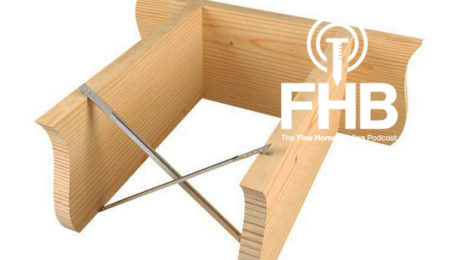
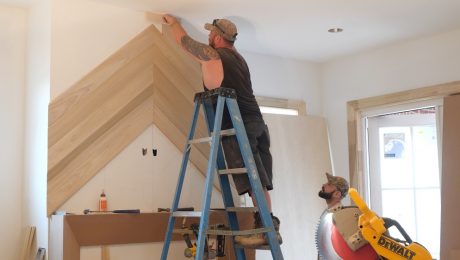
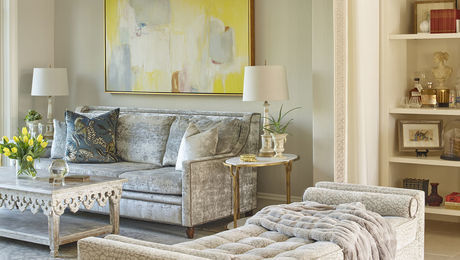
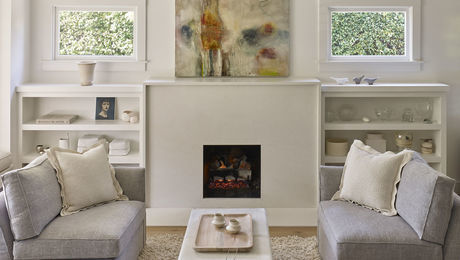










View Comments
Great article! I recently installed a TV over my fireplace as well, but I was also concerned about the design aesthetic, especially since my Sony HDTV is a 55 inch. I went with an Auton Invis-o-trak and put a piece of art on the slider, so the art covers it when not in use! I loved the entire installation process and now my living room is TV free when I want it to be. Haha.
Best advice is to just not even attempt to do it. At least in my area there is a growing number of people (i.e. the people buying your house) who hate TV's being above fireplaces for a number of reasons: aesthetics, difficulty viewing, damaging to televisions, not to mention if its inset then it destroys the look of the fireplace looking authentic since you have a TV where the stack is supposed to be. I personally think it's a trend that's dying and dying hard and that will be difficult to repair/replace. My two cents.